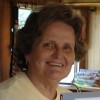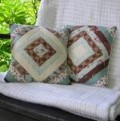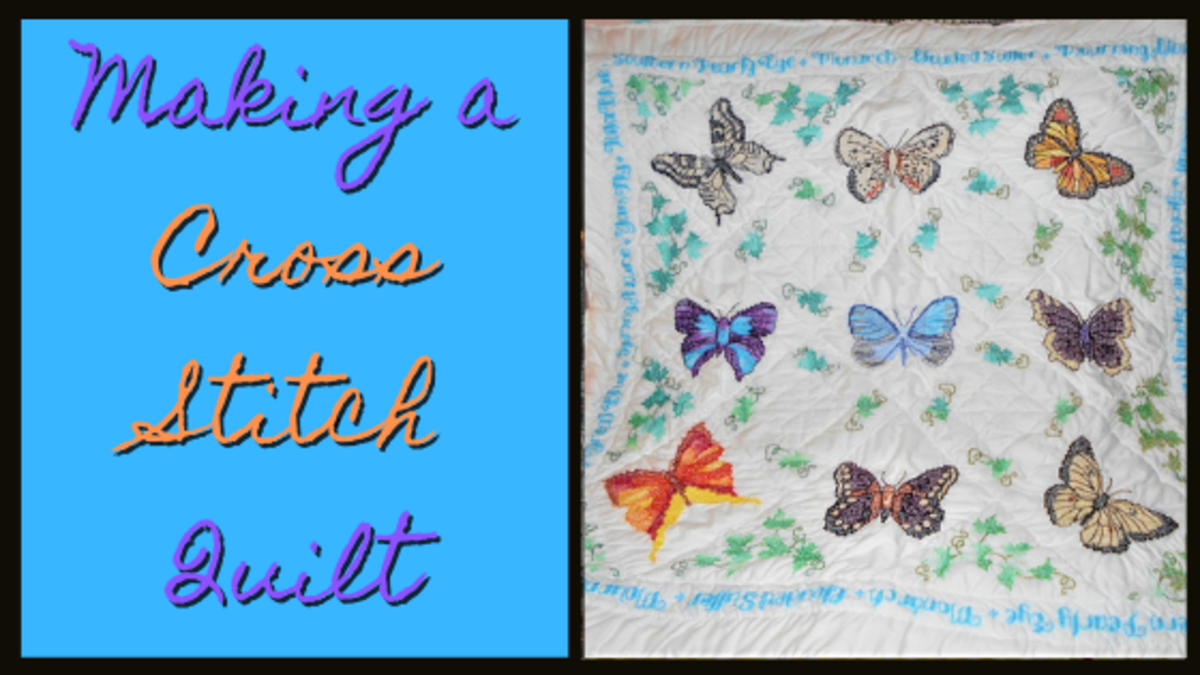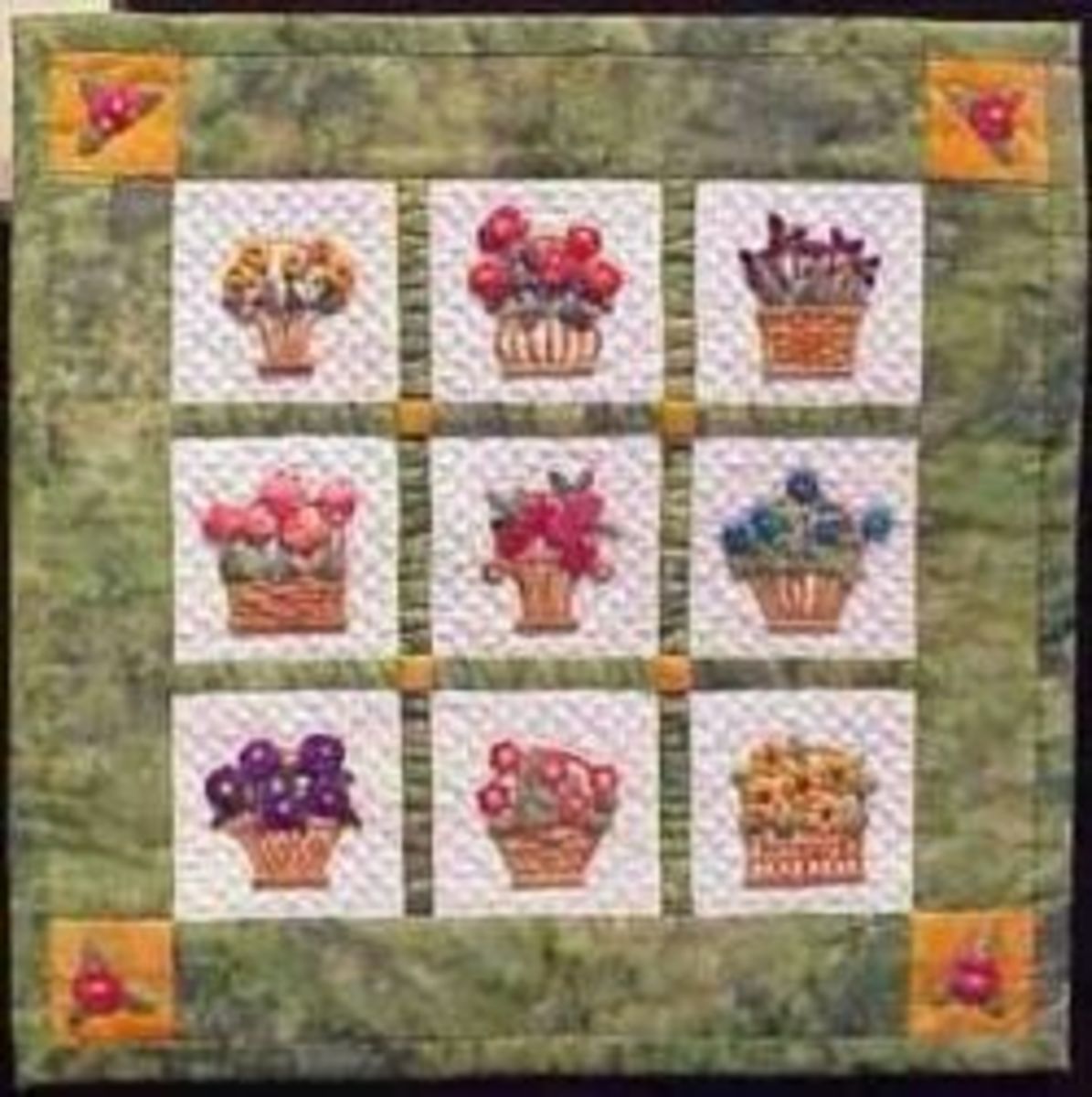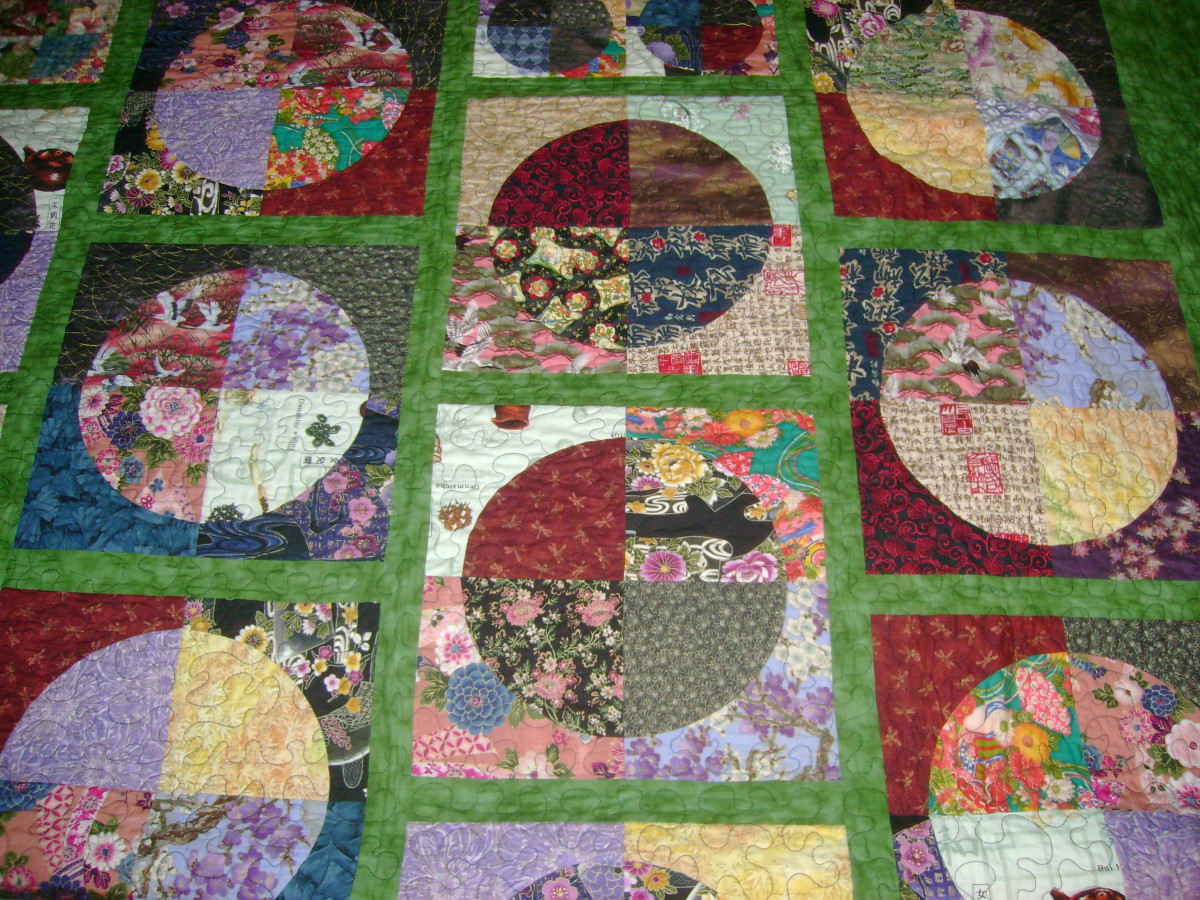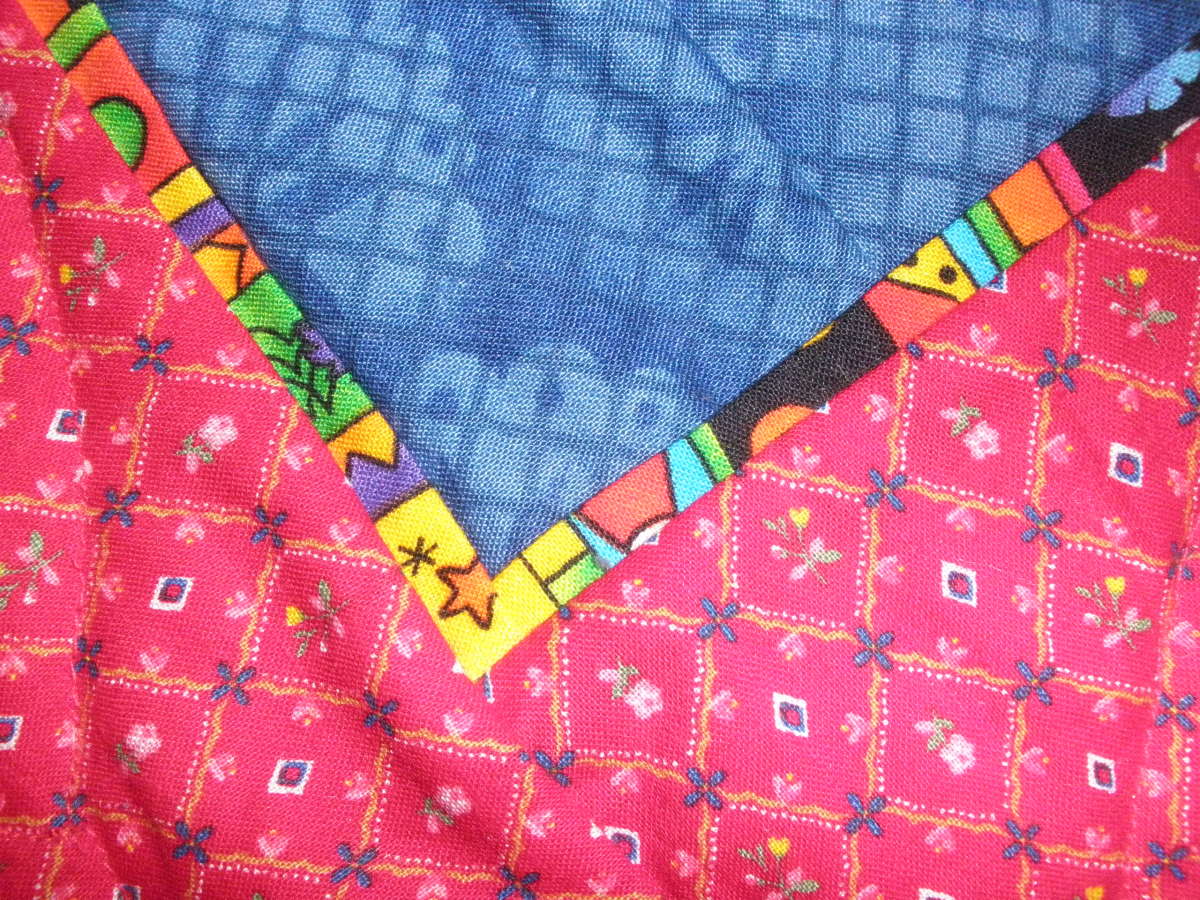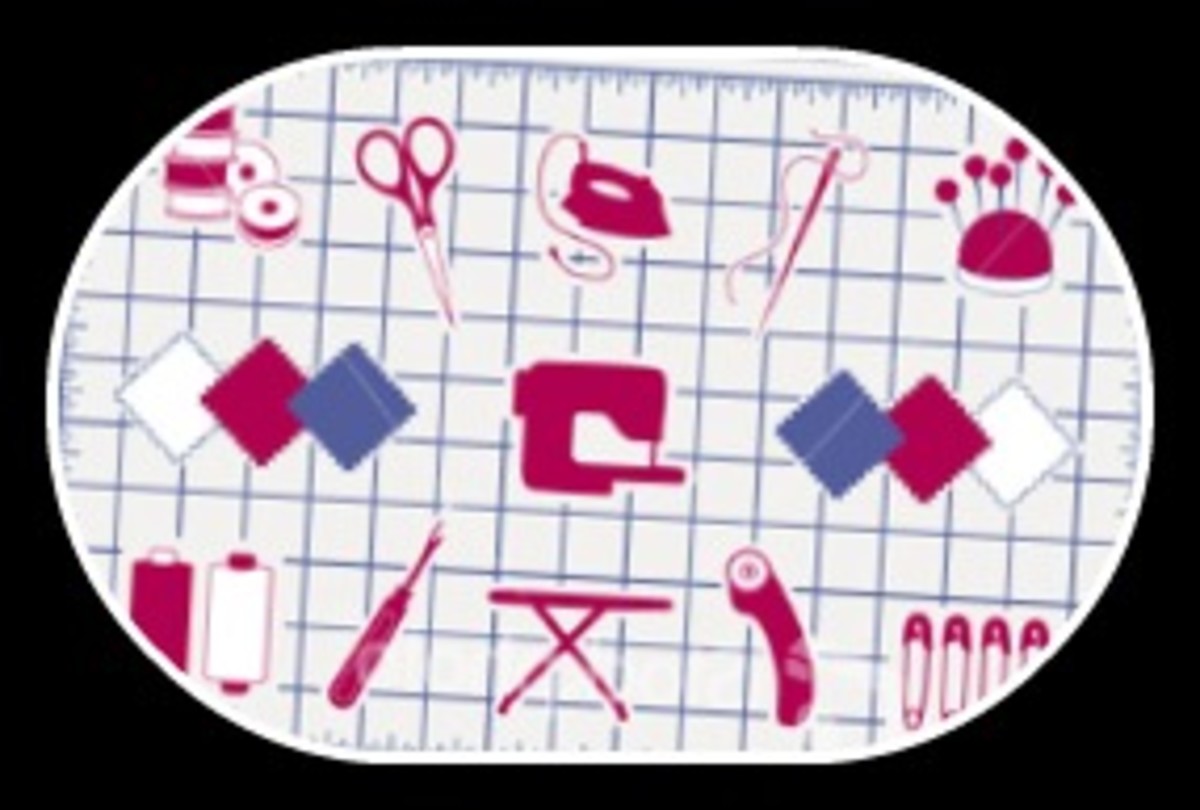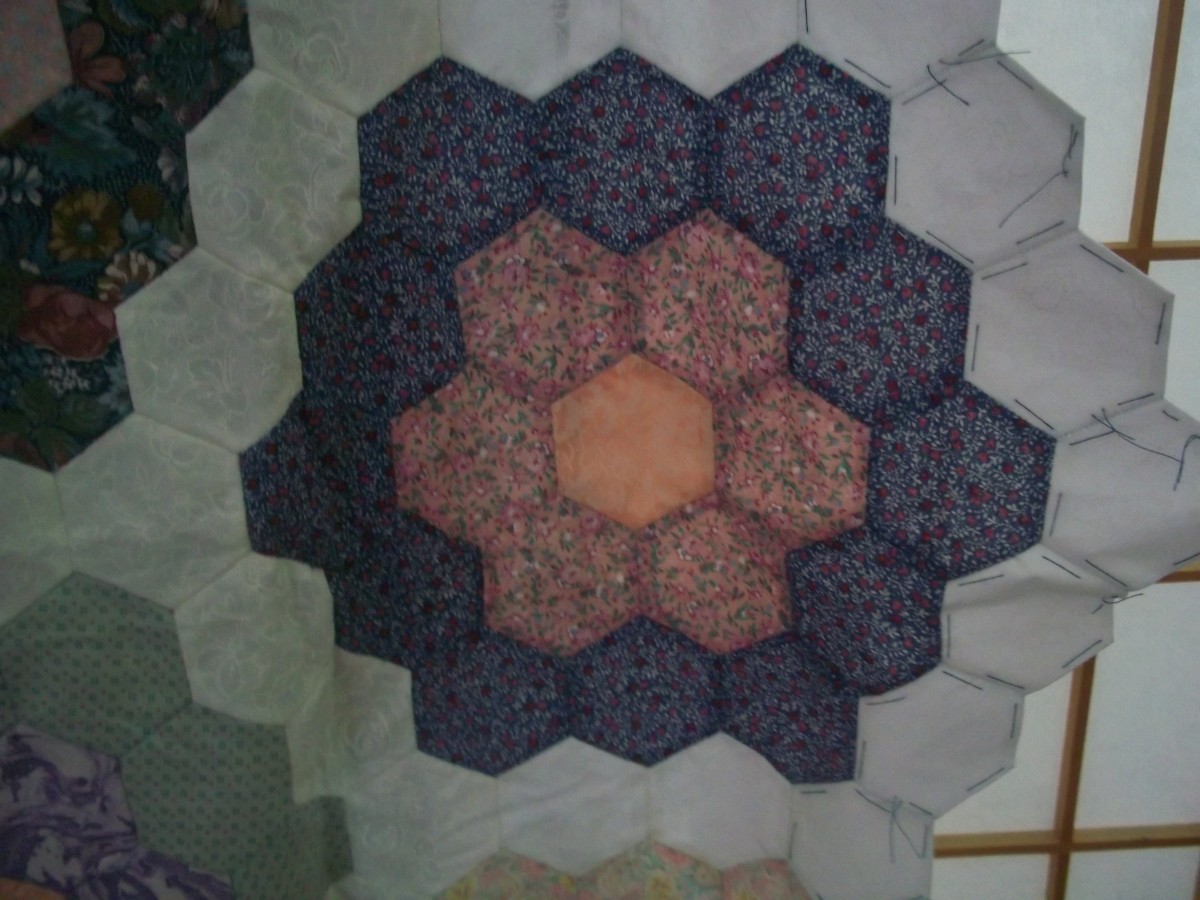Quilt design inspiration from a photo
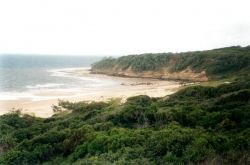
Inspiration comes from many sources
See how I used some of my late husband's photos to get the creative juices flowing.
When you paint a picture, sometimes it's the feeling you have about a location that inspires you, and you hope to let that come across in your painting, especially by painting en plein air.
The same is true of art quilts. The quilt artist wants to evoke an emotional response from the viewer and chooses his/her inspiration photos to achieve that. Photographs can give you a starting point to your design, be it abstract or photorealistic. Plein air is not practical, so inspirational pictures have to do.
Isn't Captain Billy's Landing on Cape York (photo, right) a wonderful wild spot? Accessible only by 4WD, it's beauty is evident. I made a quilt about this place too.
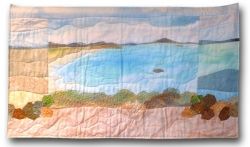
Punsand Bay Quilt
Part of the Crossings exhibition
The quilt is the smallest in the exhibit and one of my favourites.
The centre (right) is painted on fabric — a technique I had never tried before. The other quilts in the series were pieced and appliquéd, this one only uses those techniques around the painting as a frame.
Take a great photo, remember what you felt when you were there, and let the creative sparks fly.
Here's how I got from inspiration to quilt.
The photograph of Punsand Bay in Cape York Peninsula, Australia
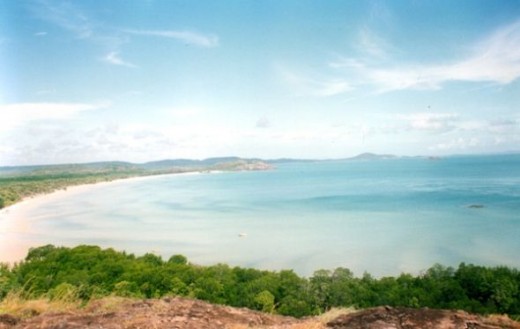
Photograph: Paul Urquhart
Painting the centre
with fabric paints
To paint on fabric, you ideally need to begin with unsized ready to print (RFP) fabric in white. This fabric is readily available from quilt stores or online fabric dye shops.
I stretched the base fabric onto a timber frame, made from 1" x1" pine, in order to keep it taut as I worked.
Since I had never done any painting on fabric before, I made several practice swatches in order to get my colour palette right.
The trick to getting the previous colour not to be affected by the next one, I let each stage dry for a couple of days before I started the next one.
In some cases I used a fabric gutta for extra insurance where wicking (spreading into the surrounding areas unevenly) was unacceptable, such as the horizon.
Gutta is a resist which can be washed out afterwards, and which makes a barrier for the paint.
I used a French made fabric paint, Pebeo Setasilk™, the transparent type, for the paint, as well as one opaque pearlescent for accents on the water. This was also used for resist in places.
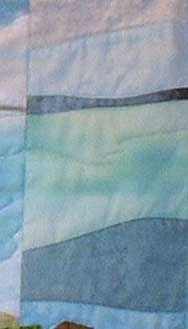
I used the techniques in this book for the curved border
The frame
around the painting
Different techniques were employed for the outside — the borders, part curved strip piecing, part raw edge appliquee.
The curved side borders
Using free form curve cuts, I pieced a strata that echoed the picture's colours to continue the scene into the border at each side. (Above, right)
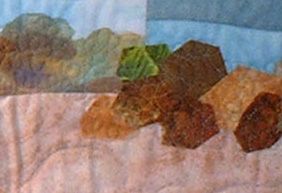
The bottom border
In the original photo seen above, you can see the rocky ledge where Paul stood when he took the photo, so I cut some random 'rocks' in different fabrics and glued them with a spot of fabric glue to hold them in place, stitching over them later.
This had the effect of spilling the rocks I had painted in the scene out to the edge. I quilted them with free machine garnet stitch to attach them.
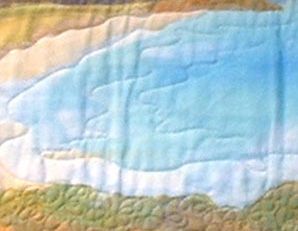
The quilting gives dimension
For added depth and dimension, I quilted the sea's ripples in order to make the scene less one dimensional.
Here's the quilt - Punsand Bay from 'Crossings' exhibition
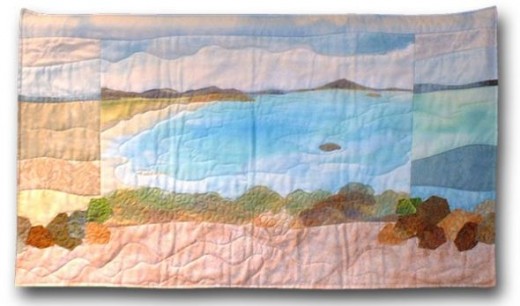
Captain Billy's Landing Quilt - part of the Crossings exhibition
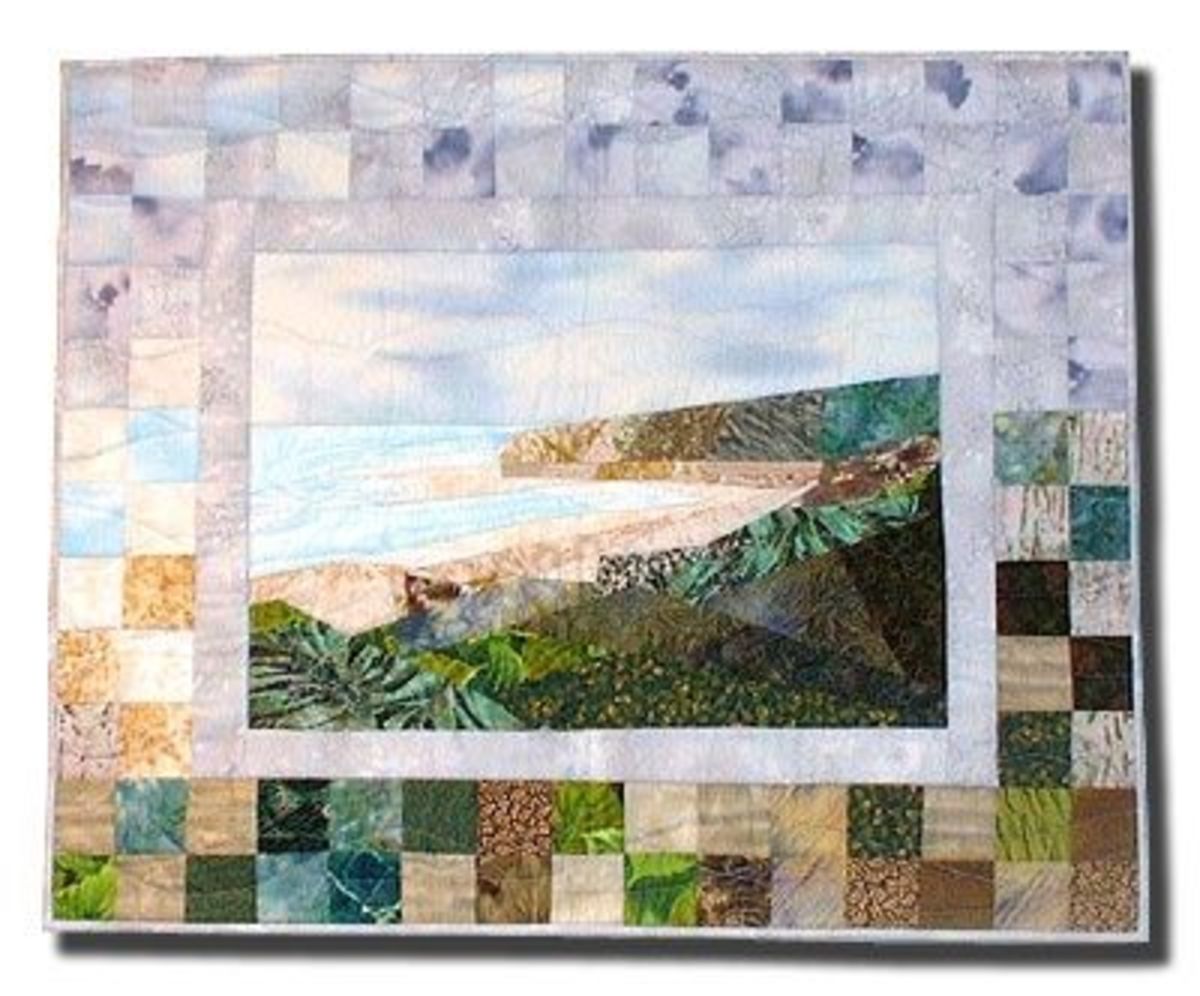
inspired by the photo at the top of the lens
Here's how I did it.
Try your hand
At using a photo as inspiration for a quilt, and send me a photo of it.
I'd love to see your work.
